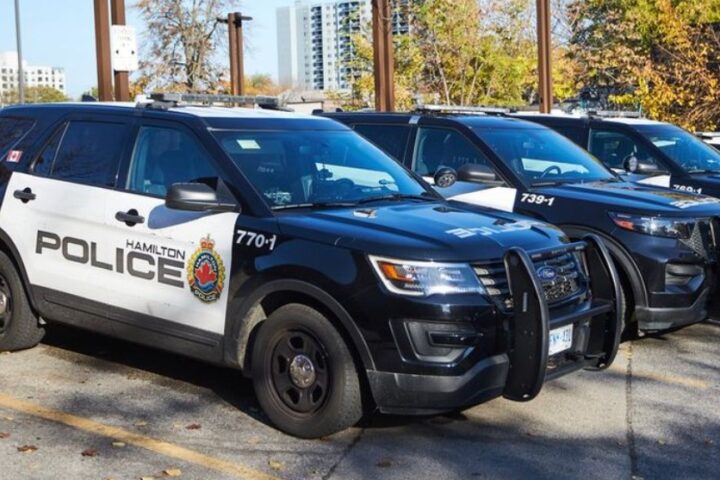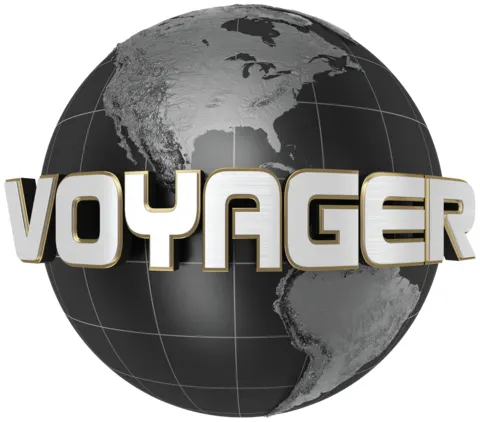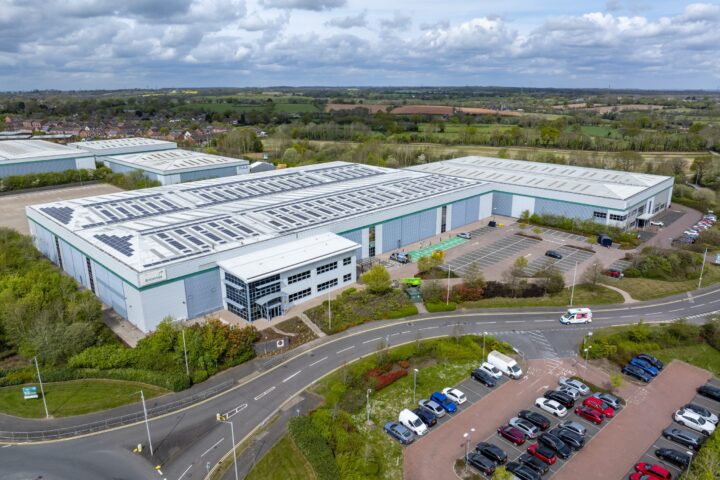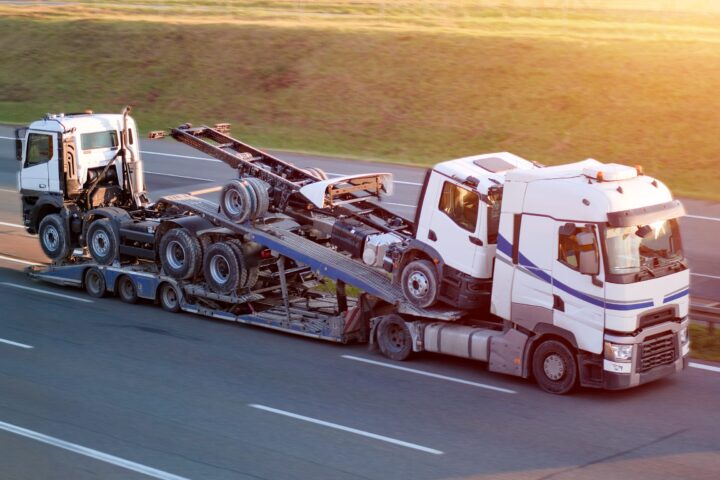Grote Industries showcased two new safety technologies at the American Trucking Associations Management Conference & Exhibition this week.
H.E.L.P. DeliverSAFE was introduced as an option on Grote’s 4SEE platform and as a standalone smart trailer product, which better warns approaching motorists when a disabled truck is stopped on the road or roadside.

When the tractor-trailer is stopped, the driver can press two buttons on the nose box to change the traditional hazard lighting pattern to a more attention-grabbing and rapid flash pattern. It will flash all trailer lights at a faster rate of 4 Hz – or about four times as fast as a typical hazard lighting pattern.
CJ Biank, global market manager – networks, with Grote, told trucknews.com “Think of a situation where the trailer’s stopped on the side of the road and drivers are coming up behind it and they see the hazards. If you’re coming up to it from a mile away, you’re not going to know if that’s them hitting the brake or feathering the brake or if they’re truly stopped at the side of the road.”
With every light on the trailer flashing and at a more rapid rate, drivers are more easily able to confirm the trailer ahead isn’t moving.
“The goal here is [preventing] secondary collisions,” said Biank. “We want to reduce the secondary collisions, and it’ll tell those drivers to slow down, but also to move over. That’s our intent here.”
The system will also report the stopped vehicle to Waze, even before a passing motorist reports does so, and it’s hard-coded so a driver can’t report the stopped vehicle is no longer there as long as it is and the system is activated.
In other news, Grote announced a new 4SEE Rear-Collision Warning System. A rear radar unit on the trailer detects other vehicles that are approaching the trailer from behind at unsafe speeds. When such traffic is approaching at a dangerous rate of speed, the radar triggers an auxiliary strobe lamp to get the approaching driver’s attention and reduce the risk of an impact.
“If a car behind them is going 80 mph and flying up on them, how do we tell that driver to slow down?” Biank said of the problem Grote was looking to address.
When the radar detects four or fewer seconds before an impact, the lamp proactively lights up giving the motorist time to adjust their speed and avoid the collision. Typically, drivers will react to a flashing warning light in less than a second, Biank added.












